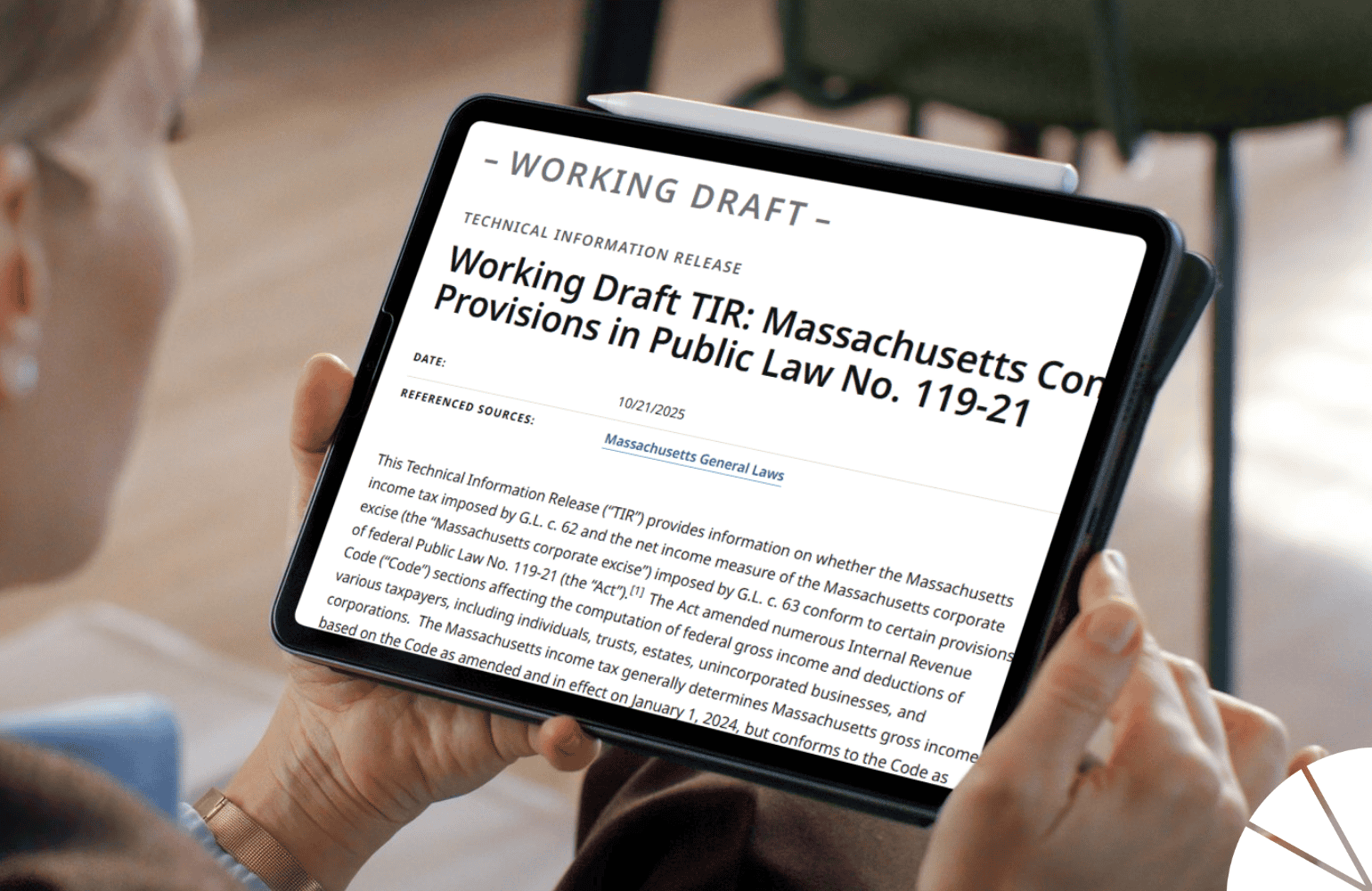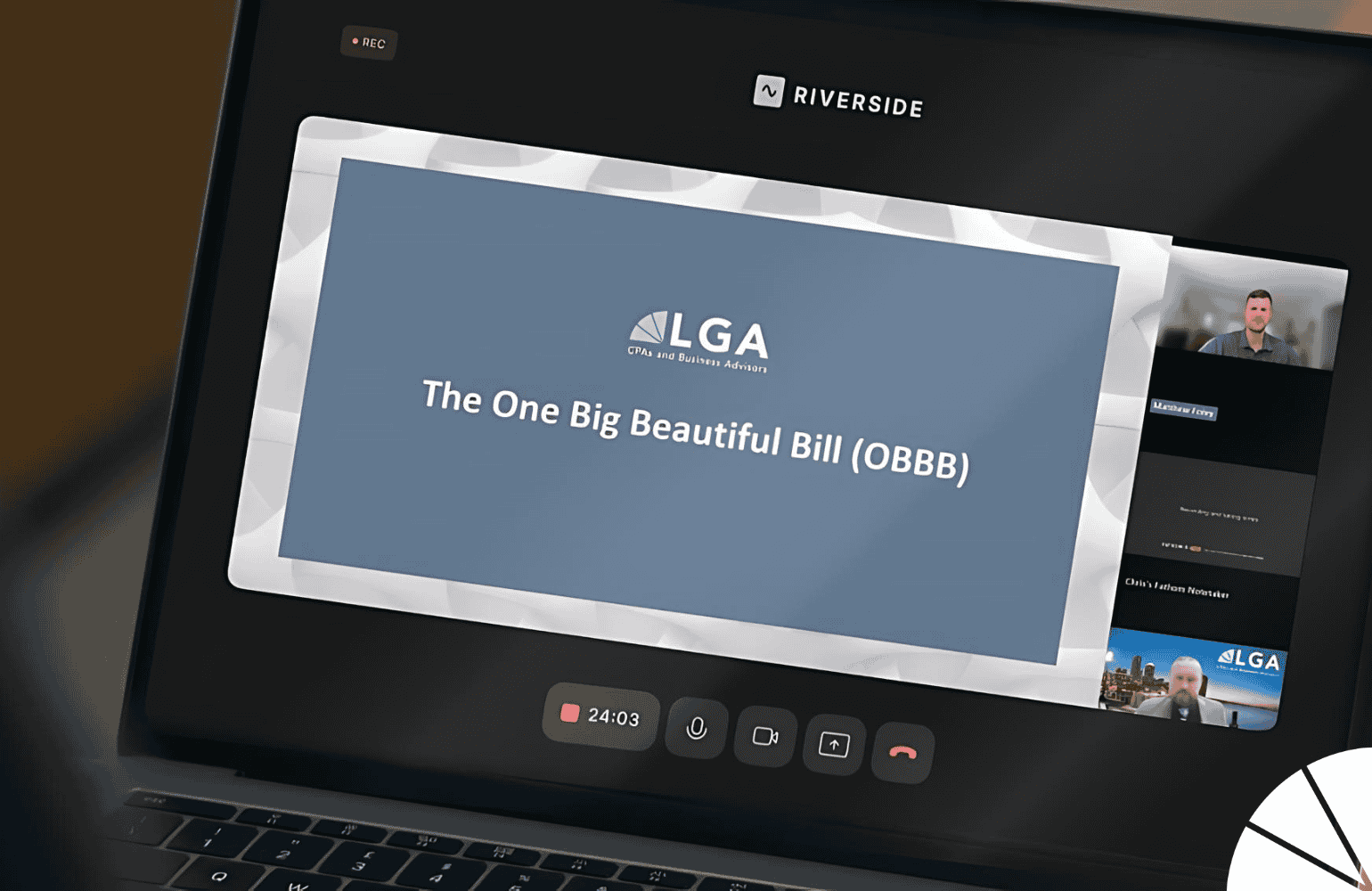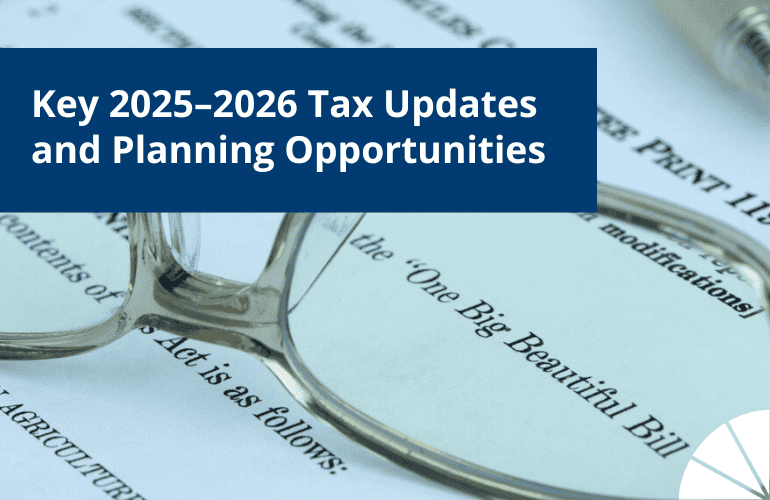
While the transition to the new standard for revenue recognition was like learning a new language, the hope is that the transition to the new standard of lease accounting for lessees will be more akin to learning a new dialect. In other words, most private companies and nonprofit organizations are already familiar with operating and capital leases. Now, they have to master the new dialect of financial reporting to comply with the new standard, adequately explain the new presentation to their key financial statement users, and effectively meet their financial and operational goals.
For private companies and nonprofit organizations, the standard officially goes into effect for annual reporting periods beginning after December 15, 2021, which, for calendar-year filers, means January 1, 2022. However, there is a significant amount of preparation involved, and you don’t want to get stuck doing all of the prep work and training in December. Not only is that crunch time for your own year-end reporting, but it’s also going to be down to the wire for your accounting team. As your organization prepares for and implements the new standard of lease accounting, there are four main areas of focus for your management team’s strategy.
Education & Planning
Education is a three-fold priority for an organization; your management team, appropriate staff members, and key users of your financial statements all need to be educated on the reach and implications of the new standard.
Under the new standard, a leased asset is not recorded directly on the balance sheet as a tangible asset. The intangible right to use the asset is recorded as a right-of-use asset. Let’s say you enter into a 5-year lease with no renewal options that commences on October 1, 2022, and requires you to make a payment of $40,000 before December 31st each year. Let’s also say your company paid $2,000 to a former tenant to vacate the space early (an initial direct cost) and made $5,000 prepayments in August and September (before the lease’s date of commencement). Lastly, let’s assume the landlord provided your company with a $2,000 cash bonus as a lease incentive for signing on with them.
In this case, the lease liability recorded would be $182,000 [$200,000 (present value of the lease payments) multiplied by 9% (the incremental discount rate). The right-to-use asset recorded would be $192,000 [$182,000 (lease liability) + $2,000 (initial direct costs) + $10,000 (prepayments) – $2,000 (lease incentives)].
Over the term of a lease, regardless of the lease type, you must recognize any variable lease payments excluded from the lease liability and any impairment of the right-of-use asset. Over the term of a capital lease, you must also recognize the ongoing amortization of the right-of-use asset and the ongoing amortization of the interest on the lease liability. An operating lease is a lease that doesn’t qualify as a short-term (12 months or less) or finance lease. For an operating lease, you would allocate the total cost of the lease over the lease term on a straight-line basis, and you must recognize the lease cost for each period.
In-house training is critical, especially when you have multiple people or departments preparing for the transition and identifying leases. Educating key third-party financial statement users is another essential part of the transition. The new lease accounting standard changes the presentation of your financial statements, namely your balance sheet, so key players need to know what’s going to be different and why.
The new standard is putting the value of the leased property (and the related lease obligation) on the balance sheet for operating and finance leases, whereas the current lease standard only capitalizes the property subject to a capital lease (i.e., finance lease) and NOT the operating lease. This new presentation can significantly change the balance sheet and inadvertently cause the entity to fail some debt financial covenants.
Identifying & Inventorying Leases
The process of identifying leases isn’t always as straightforward as it sounds. Leases are not always labeled as such. You should thoroughly review your general ledger and your service contracts for embedded leases. Search through your vendor list for recurring payments. For instance, a service contract for maintenance may not be categorized as a lease but still meet the lease criteria. The good news is, we’re not starting from scratch. We can use the experiences of public companies that have already implemented the standard as a guide. The public sector taught us that identifying leases, discount rates, and incremental borrowing rates isn’t always as easy as one may think.
An operating lease is any lease that is not categorized as short-term (12-months or less) or a finance lease. Don’t let the part about the standard applying only to leases with terms greater than 12 months mislead you. Part of the process includes reasonable renewal periods, which requires reviewing leases short-term for the likelihood of recurrence. For example, if your business has operated from the same location for ten years, it is more likely than not that the lease will continue to be renewed past the current 12-month term. So dismissing the change by limiting all of your leases to terms of 12 months or less isn’t a justifiable workaround.
There are software applications available to assist with lease identification; however, these solutions are generally only effective for companies with 50 or more leases. The same is true in terms of the cost to outsource lease identification.
As you identify leases, record the type of asset, discount rate, lease term, renewal options, and payments. And beware of original copies of leases that do not contain extensions or amendments.
Categorize any leases that will be in service on January 1, 2022, as either an operating lease or capital lease. A lease is classified as an operating lease unless it meets one of the following criteria for capital lease classification:
- Ownership of the asset will shift to you at the end of the lease.
- You have the option and plan to buy the asset at the end of the lease.
- Your lease term covers 75% or more of the asset’s remaining economic life.
- The present total value of all your lease payments and any guaranteed residual value is equal to or greater than the asset’s fair value.
- After the lease term, the asset will have no alternative use for the lessor due to its specialized nature.
Keep in mind that leases and subleases involving cloud computing arrangements, inventory, mining activities, biological assets, and assets under construction are generally outside the scope and guidance of applying the new standard.
Establishing Policies & Procedures
Standardization is always an important factor in meeting your business’s goals. For example, to implement the new standard, you will have to amend accounts, which will need to be standardized company-wide. It’s also critical to provide your employees with accessible policies and guidelines to perform their respective job functions.
Establishing policies and procedures for internal controls helps you build a system of checks and balances, which is a necessary part of any accounting or financial function. Suppose one of your organization’s goals for new leases is to establish a minimum amount of capital leases. In this case, you need documented policies and procedures that ensure new leases are structured a certain way and approved through the proper channels, so employees aren’t establishing leases that work against your goals.
You will have to change and/or add general ledger accounts for the new lease standard. The KEY controls that should be considered for:
- Identifying leases, including renewal options.
- Maintaining lease records.
- Revisit the property and equipment capitalization policy, as it could impact which leases would be capitalized and which would be expensed (because the amount is less than the capitalization policy).
- Policy for judgements regarding calculating the amounts capitalized and the related lease obligations (such as interest rates used).
- Who is authorized to review, approve, and execute the terms of the lease agreements?
Implementation
Once you’ve educated the right audiences, created a plan to mitigate potential challenges, taken a comprehensive inventory of your leases, and established your policies and procedures, it’s time to put your lease accounting strategy into action.
It’s time to amend your chart of accounts and create standard journal entries. Performing pro forma calculations and drafting your financial statements under the new standard are beneficial practices, and they can help you educate your staff and third-party financial statement users as well. Drafting your financials now can help you establish templates for the related disclosures required by the new standard.
If you have more than 50 leases, determine whether it would be beneficial to outsource the implementation and/or use a software.
Keep in mind that the public sector taught us that identifying leases is not as easy as you would expect. Start early to understand the lease portfolio and processes, and don’t underestimate the time needed to collect and abstract the lease agreements. Additionally, determining the interest rate to use could be complicated due to there being three different options, and it may not be so easy to determine the incremental borrowing rate. Adopting the standard early or working now toward a smooth transition will help you and your team head off issues before they occur.
Contact LGA
The business, nonprofit, and audit and assurance teams at LGA are armed with best practices, recommendations, and know-how needed to help businesses and organizations ensure their financial resources support their strategic plans, from startup to exit.
I want to help your organization navigate the complexities of the transition to lease accounting and maintain ongoing compliance. I can help you create a strategic plan, amend your accounts, develop organization-wide templates for lease identification, perform pro forma calculations and drafts, train your key financial statement users, and more. If you’d like to talk about your audit & assurance and other advisory needs, contact me today.
by Robert F. Hart, Jr., CPA, MST

Bob is a Partner at LGA and the Director of Quality Control in the Audit and Assurance group. He joined LGA in 2013 and has over 25 years of experience in public accounting, providing audits, reviews, and compilations to nonprofit organizations and privately-held businesses. Bob also develops and delivers technical training to the firm’s staff and provides updates on annual changes affecting LGA’s client base.





